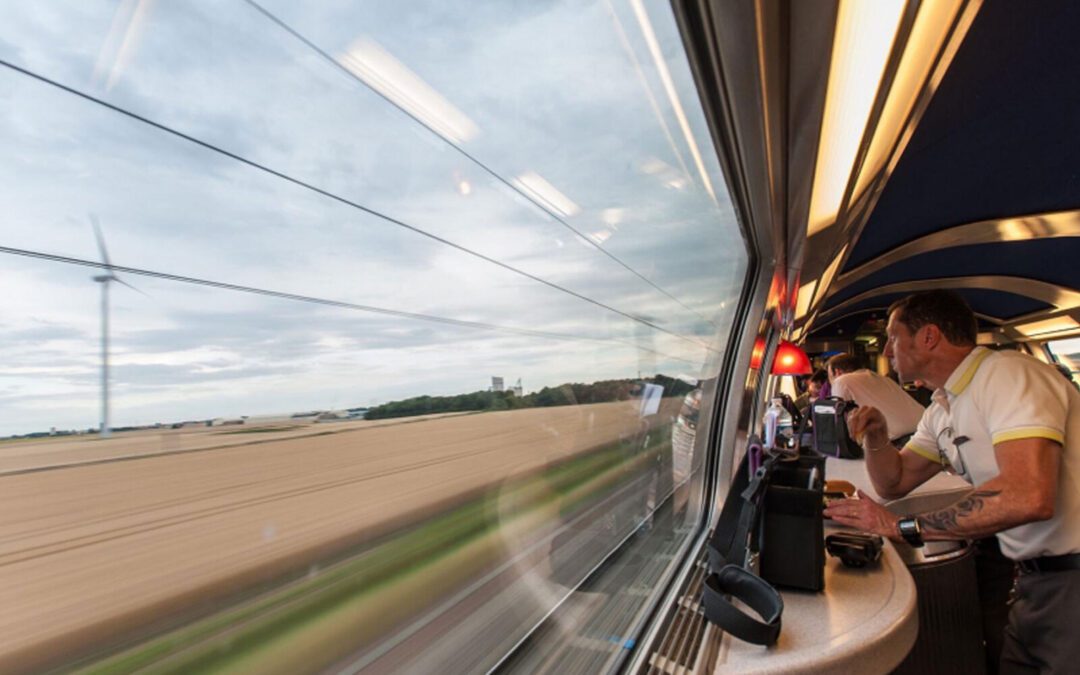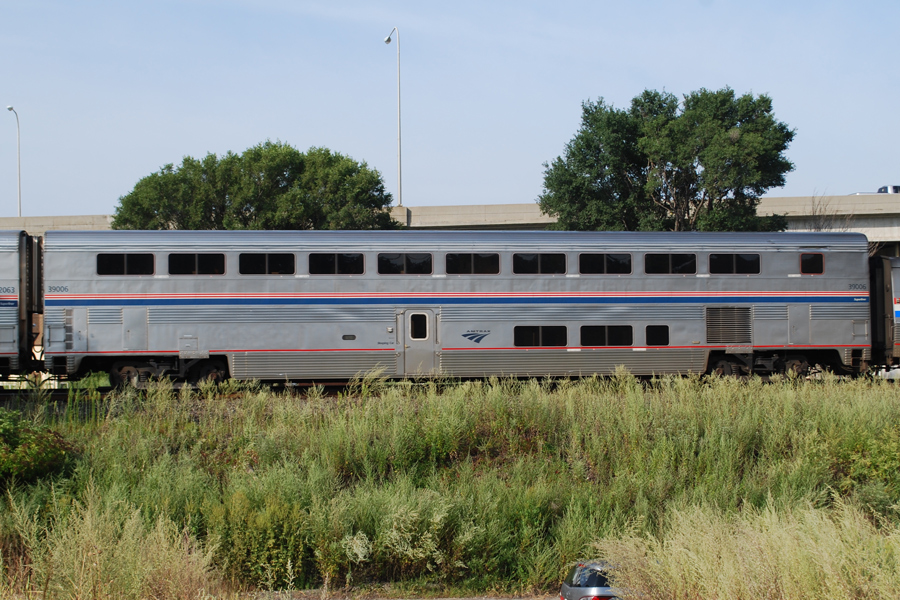Let's Put Illinois on the Fast Track You can help connect the state with great trains. Email Your Legislators Today!The Time for Action is Now Tell Springfield you want better trains today. Right now the Illinois General Assembly is having a debate on how...
High-Speed Rail Helps Reduce Carbon Emissions
In the United States, transportation currently generates 29% of carbon emissions – a driving force in climate change.
No other mode of travel has the flexibility to serve diverse, dispersed markets and spur a massive shift from driving.
Fast, frequent, and affordable trains are the best way to slash carbon emissions.
High-Speed Rail Reduces Carbon Emissions in 3 Ways:
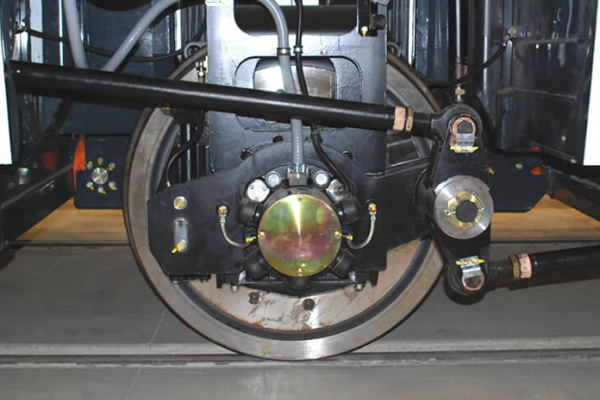
Trains are the most efficient form of transportation readily available
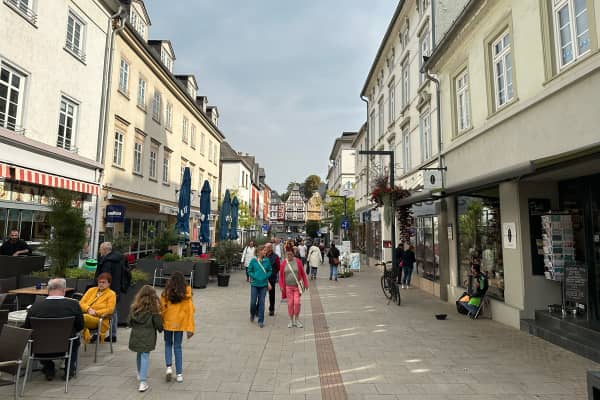
Trains catalyze better, more energy efficient cities and towns
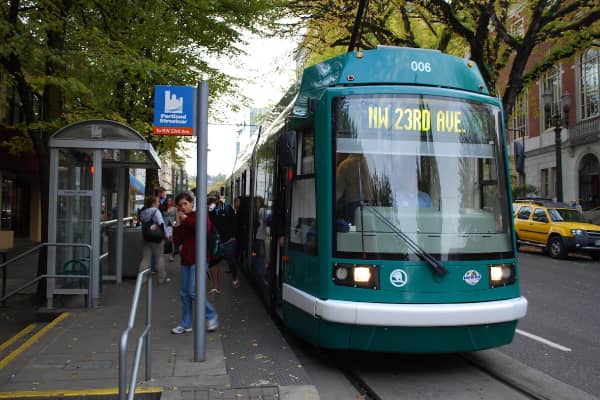
High-speed rail makes other public transit options work better
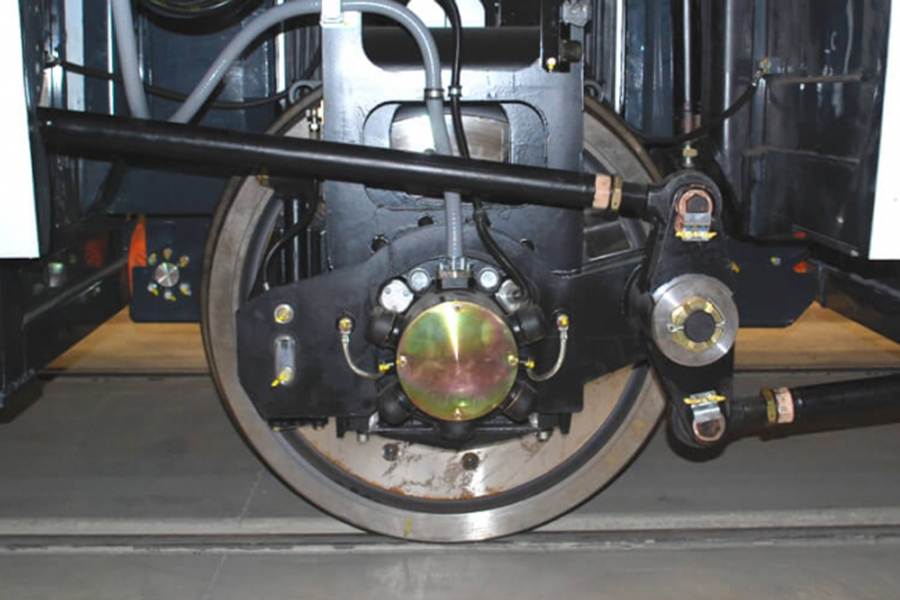
Physics Favors High-Speed Rail
Steel wheels on steel rails offer superior energy efficiency to rubber wheels on any driving surface.
Train wheels have smaller contact area, are designed for minimum friction, and do not surrender energy to change directions like cars do.
That means trains can be much bigger than planes and buses.
And, their self-steering feature makes it easier to get to where the people are at speed.
Examples of High-Speed Rail’s Potential to Reduce Emissions
Paris to Marseille
A trip from Paris to Marseille by rail produces scant carbon compared to other modes of travel. Trains are also much more fuel efficient.
The French TGV makes nearly 30 trips per day between these two cities, the fastest in just over 3 hours. Driving takes 7 to 8 hours.
That’s about the same distance as Atlanta to Indianapolis or Sacramento to San Diego.
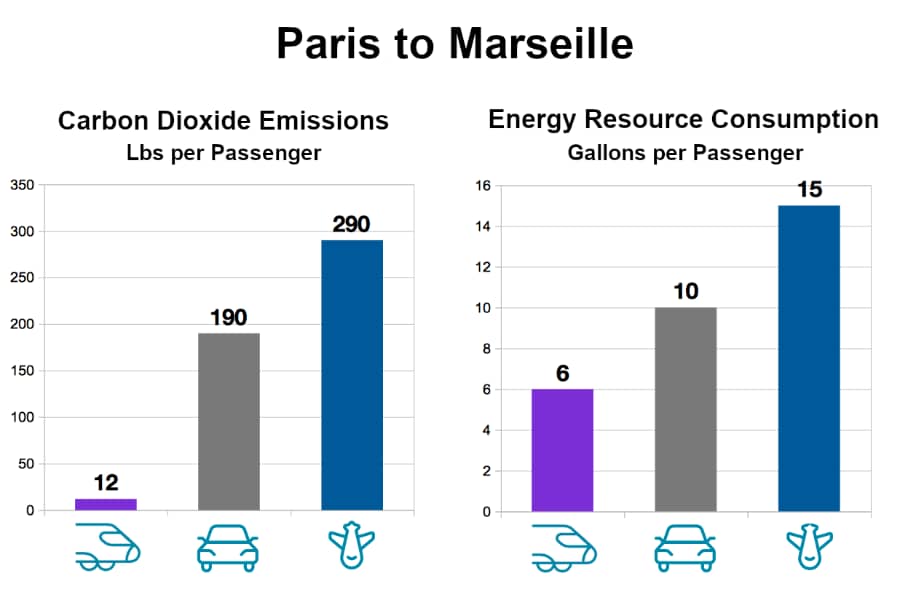
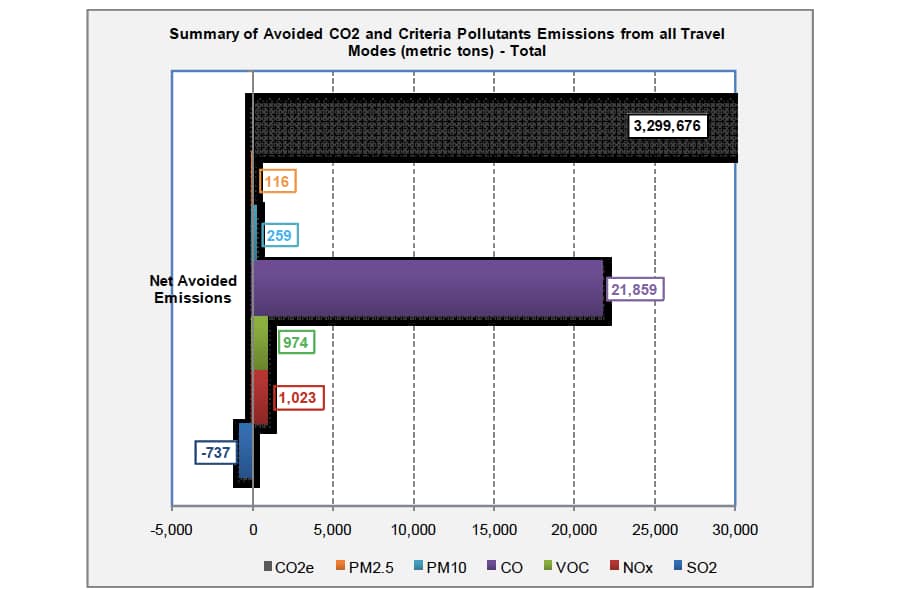
Midwest High-Speed Rail Could Slash 3.3 Million Metric Tons.
A research study estimated the potential benefits of a 220 mph HSR network in the Midwest. It could reduce emissions in the region by 3.3M metric tons a year.
Converting Short US Domestic Flights to Train Travel.
The International Council on Clean Transportation identified that short-haul flights between dense urban centers comprise a quarter of domestic US air travel. For these flights segments, electric high-speed rail could reduce emissions (compared to air travel) by 23%.
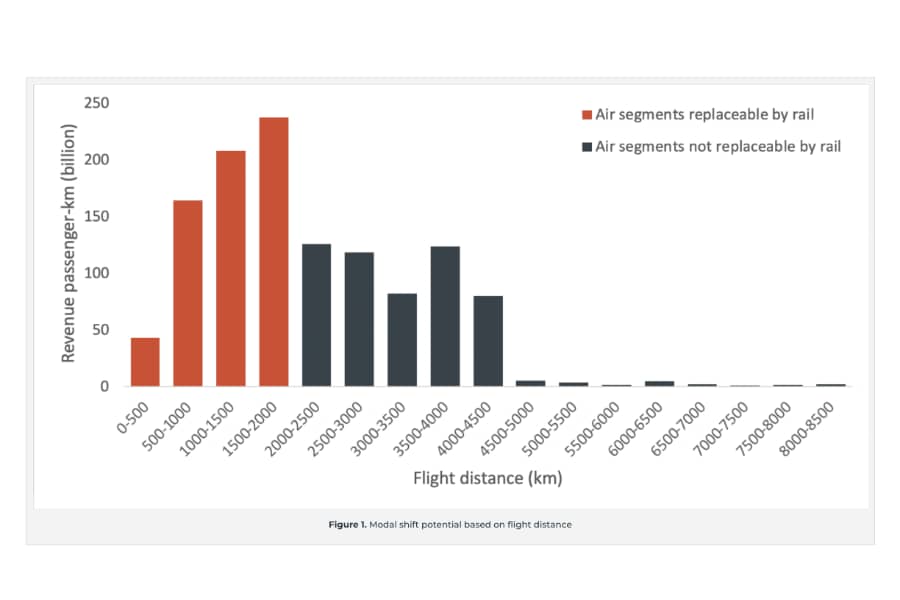
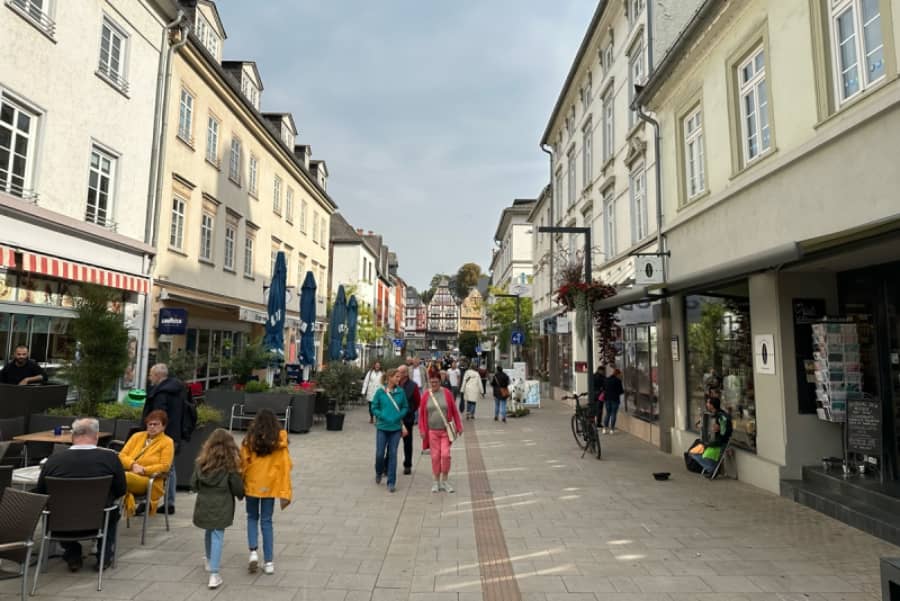
Downtown Limburg, Germany.
Fast Trains Catalyze Better, More Energy Efficient Cities and Towns
Fast, frequent and affordable trains make communities more walkable, more interconnected, and more efficient.
Railways commonly operate from stations in the center of town, which leads to ready integration with local mass transit. Travelers can move seamlessly between trains and public transit, downtown destinations, and tourist attractions or accommodations.
On the other hand, both airports and personal cars contribute to urban sprawl. Cars require roads that divide and disrupt cities. Airports’ enormous footprint for terminals and runways mean they are predominantly located in outlying or suburban areas.
High-Speed Rail Makes Public Transit Work Better.
High-speed trains dramatically collapse travel times and so draw massive ridership.
Amplified passenger activity is focused at train stations, typically in town or city centers and usually with connections to local transit. This has a magnetic effect on development, helping reduce sprawl. Fewer and shorter car trips translate to lower carbon emissions.
The benefits here can compound, as more frequent and higher-quality public transit leads to increased ridership and city walkability, which leads to further public transit investment. All along the way, emissions continue to decline.
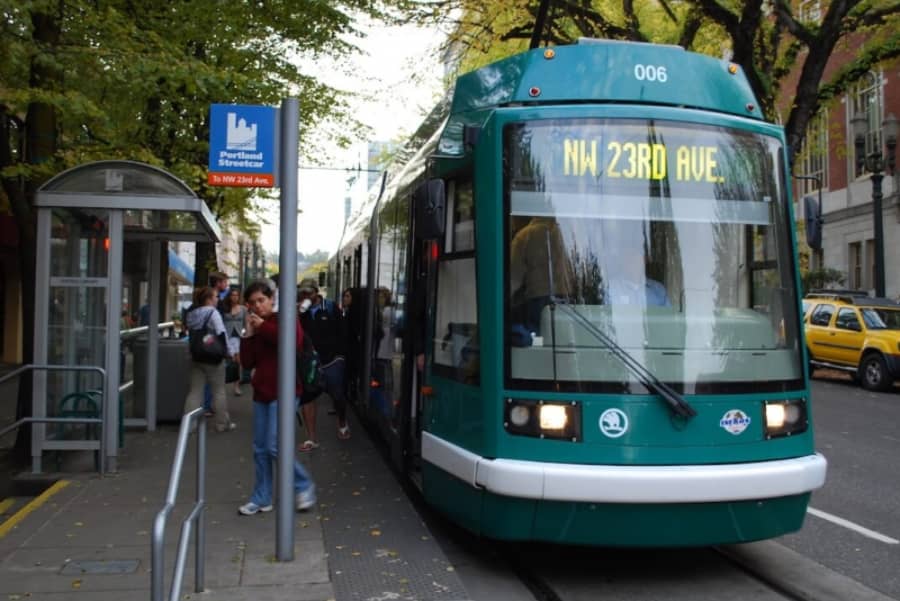
Portland streetcar.
Reducing Fossil Fuels in California
High-Speed Rail is a Superstar of Energy Efficiency
California has been a problem-solving powerhouse when it comes to climate change, slashing its overall greenhouse gas emissions by 14 percent between 2004 (the peak) and 2017. Now it needs to do even better. The state is on track to miss its 2030 target of reducing emissions by 40 percent from 1990 levels.
Transportation creates roughly 30 percent of the U.S. economy’s total greenhouse gas emissions—more than any other sector. And in California, passenger vehicles alone create 28 percent of greenhouse gas emissions.
Which means we can’t solve climate change until we fundamentally transform the way we move around. That’s why the Alliance to Save Energy recently challenged the U.S. to “reinvent our transportation system to be more efficient, productive, cleaner, and accessible.”
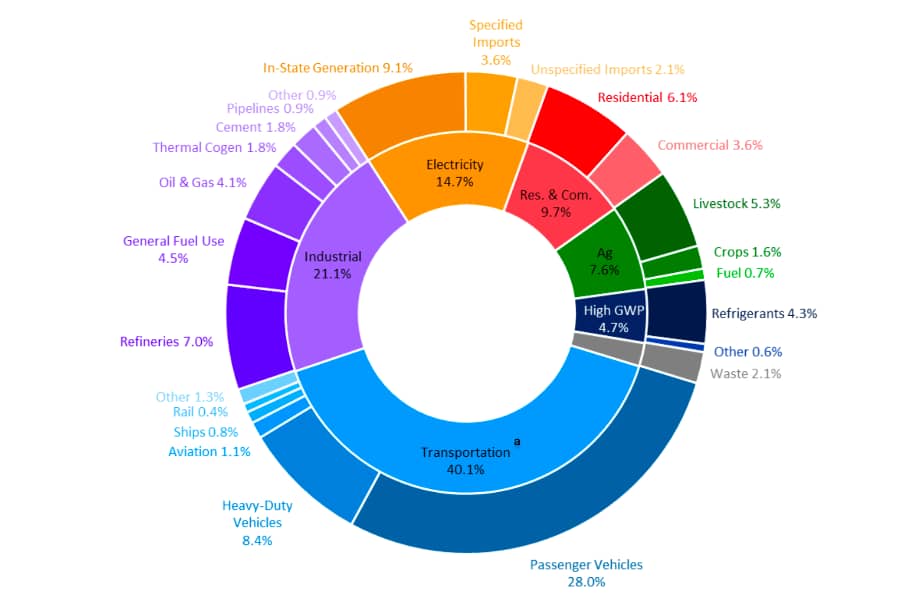
Passenger vehicles are responsible for 28% of California’s emissions.
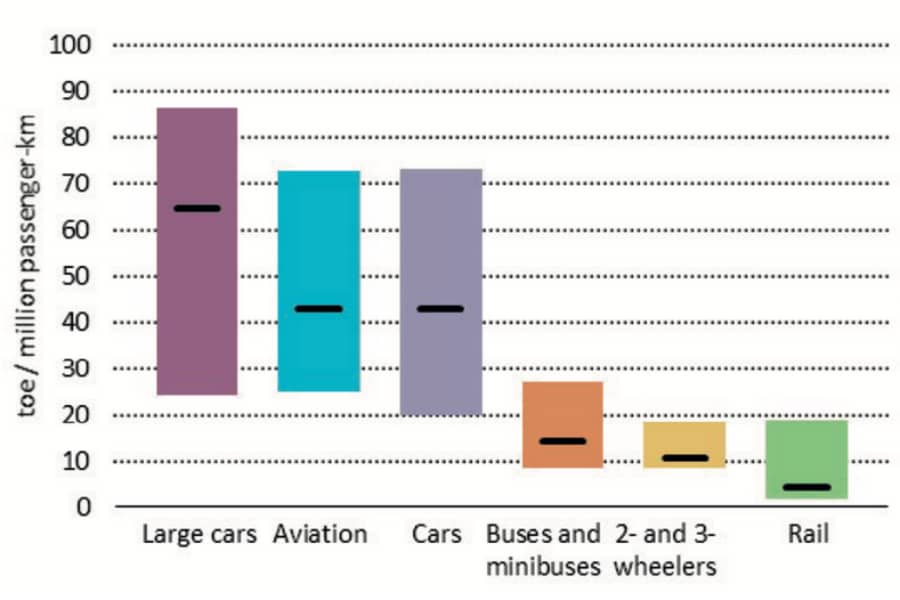
Energy intensity of passenger transport, in tonnes of oil equivalent (toe) per million passenger km traveled. Source IEA
High-Speed Rail is the Solution.
Shifting drivers to trains creates fewer greenhouse gas emissions, since trains are far more energy efficient than cars (or planes).
Rail networks carry between 7 and 8 percent of freight and motorized passenger traffic, globally, yet they account for just 2 percent of energy use in the transportation sector.
And California’s high-speed line will be far above average, even compared with the most rail lines, in cutting greenhouse gasses. That’s because it will run on 100 percent renewable energy and use electrified trains—the superstars of energy efficiency. In electrified trains, about 95 percent of the energy created by combustion transfers to the wheels from overhead powerlines, versus a 30 to 35 percent transfer rate in diesel-powered trains.
And more trains mean we’ll need to build fewer roads and runways. For example, to match the capacity of the high-speed line from the Bay Area to L.A., California would have to build 4,300 miles of new highway lanes, 115 new airport gates, and 4 new airport runways—at a cost of about $158 billion—according to the California High Speed Rail Authority.
So the new line will take a lot of cars off the road, reduce the number of flights, and replace those options with the most energy-efficient mass-transportation mode there is.
Here’s what the environmental benefits look like for a trip from Paris to Marseille (France), which is roughly the distance from the Bay Area to L.A. This chart from EcoPassenger compares the efficiency and emissions of rail (the left bar) to other modes, and it offers a glimpse of the big win for the environment that comes from replacing cars and planes with a high-speed rail line.
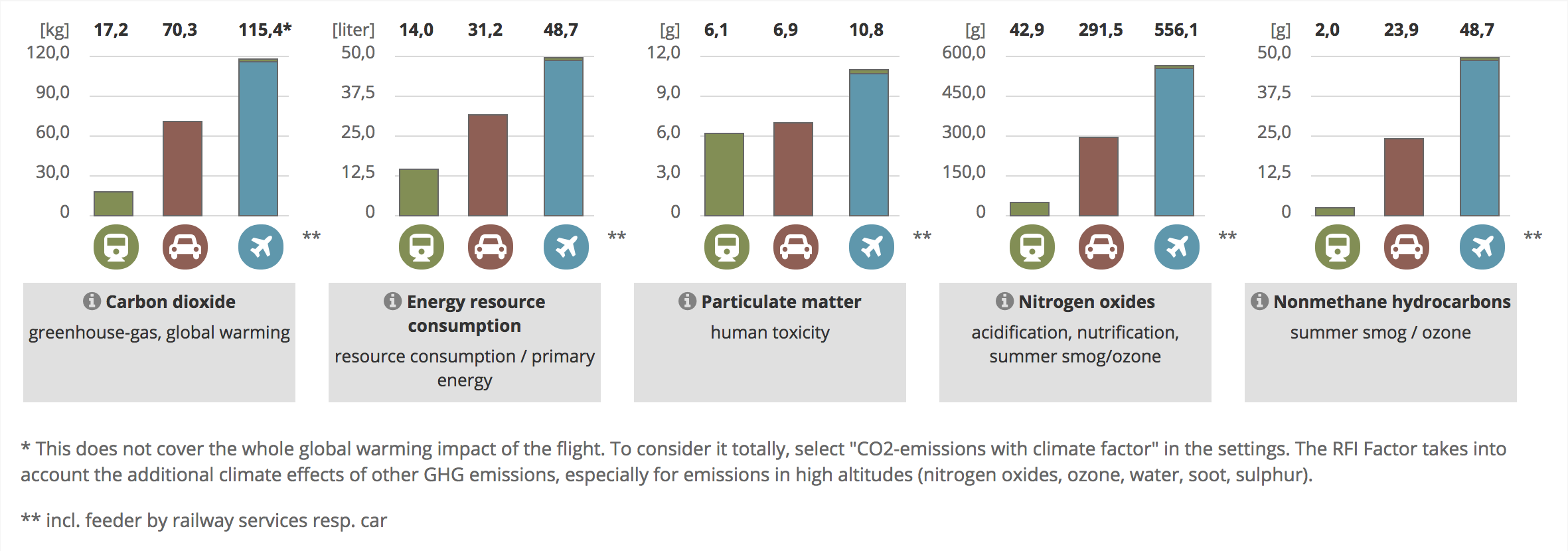
These charts compare the environmental impacts of a Paris – Marseille trip, roughly the same distance as San Francisco – Los Angeles via high-speed rail route.
In short: high-speed rail is crucial to meeting California’s climate change goals in the near term. And it will enhance California’s role as a problem-solving, paradigm-shifting pioneer in the global fight against climate change.

Get Involved
Tell the United States Congress: It’s time to reconnect the country with high-speed and regional rail!
The Latest from HSRA
Our Latest Blog Posts
Check out the latest news, updates, and high speed rail insights from our blog!
